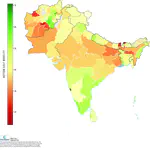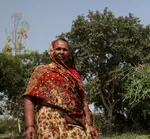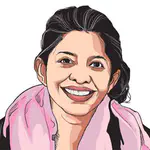Aditi Bhowmick
PhD Student
Harvard Kennedy School
👋 I am a second year PhD student in Public Policy (Economics Track) at the Harvard Kennedy School, and a PhD Scholar at the Stone Program in Inequality & Social Policy. I am currently building a research agenda on social norms and gender inequality across developing countries.
When not trying to make sense of the world through data, I can be found cooking, painting, or on long (slow) runs with my husband.
Here is a link to my CV.
Interests
- Gender
- Social Norms
- Inequality
Education
PhD in Public Policy, 2023 --
Harvard University
MPA in Economics and Public Policy, 2020
Princeton University
BA in Economics and Political Science, 2016
Cornell University
Publications
(2023).
In-group bias in the Indian judiciary: Evidence from 5 million criminal cases.
The Review of Economics and Statistics.
(2022).
English Proficiency, Gender and the Occupations of Childhood Immigrants in the US.
Journal of Labor Research.
(2022).
COVID mortality in India: National survey data and health facility deaths.
In Science.
(2021).
Big, Open Data for Development: A Vision for India.
India Policy Forum.
Working Papers
(2025).
Jobs of the Future and Gender Norms in India.
Data collection ongoing.
(2025).
The Power of Norms: Rural Electrification and Female Labor in India.
Working Paper (Submitted).
(2024).
Cultural Capital and Economic Opportunity.
Working Paper.
(2023).
Intergenerational Mobility in South Asia.
Working Paper (Forthcoming).
Projects
*





